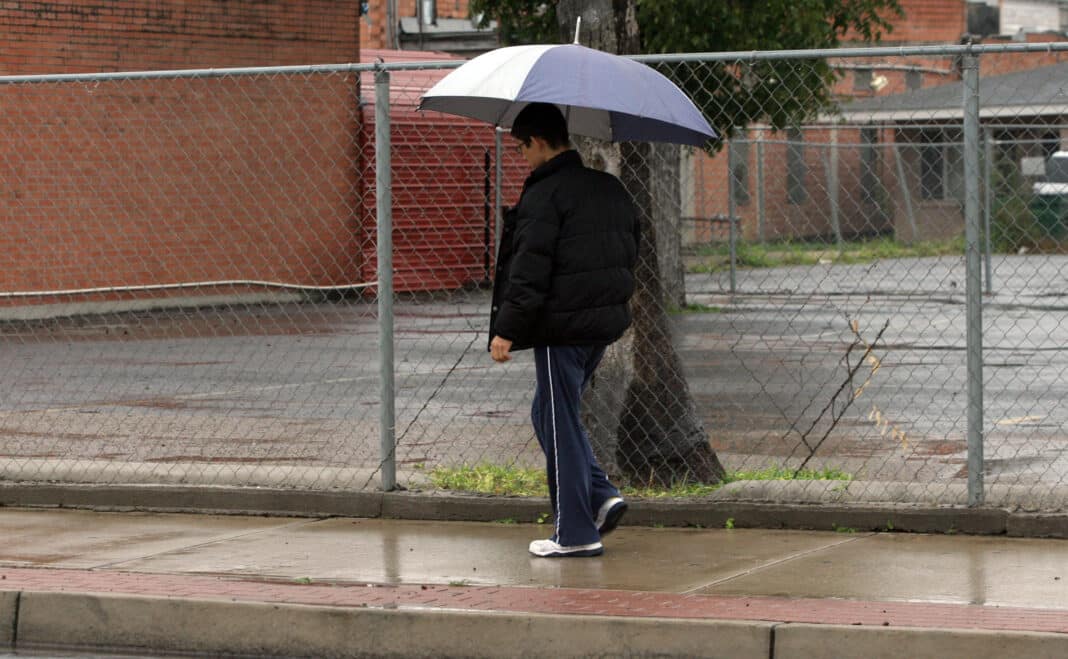It’s too early to know for sure what will happen, but the National Weather Service Brownsville-Rio Grande Valley station has issued an early-outlook bulletin forecasting the possibility of a wet Thanksgiving.
NWS Meteorologist David Reese said the station is monitoring the potential for an “impactful storm system across deep South Texas on or just after Thanksgiving.”
“An upper level storm system moving out of northern Mexico later next week may produce increasing chances for showers and thunderstorms across Deep South Texas on or after Thanksgiving Day and into the extended holiday weekend,” he said. “It is too soon to be specific about any details, but we’ll be monitoring the potential for strong thunderstorms and locally heavy rain during that time.”
Reese said confidence in the forecast is low and to keep an eye out for subsequent forecasts heading into the holiday. The National Oceanic and Atmospheric Administration, in its official winter outlook issued last month, predicted the return this winter of La Niña from December to February. A climate pattern in the Pacific Ocean that manifests every few years, spells temperatures above normal and less precipitation than usual for the Rio Grande Valley this winter.
And while the jury is still out on whether Thanksgiving will be a wet one or not, there’s no doubt that the price of the bird will be higher. As prices for specialty items and staples continue to rise, the traditional Thanksgiving spread will cost Texans more this year than last, according to a survey by the American Farm Bureau Federation. The cost of a holiday feast with leftovers for a family of 10 will be somewhere north of $50, according to the survey.
“I think we’re all noticing the higher prices at the grocery store, and Thanksgiving items aren’t excluded from those increases,” said Texas Farm Bureau President Russell Boening. “There’s more demand for Thanksgiving foods this year compared to last year during the height of the COVID-19 pandemic.”
Contributing to the price hikes are supply chain issues for farmers and ranchers, and higher costs for seed, fertilizer, equipment, parts and so on, he said.
“Inflation is certainly adding to the cost of all products in the U.S. economy right now, not just food products,” Boening.




